Meet an Educator is a monthly series by Early Bird, where we feature the work of educators across India who are actively spreading the joy of birds and nature. This month’s featured educator is Raja Bandi, a nature educator from Andhra Pradesh. He currently works as a Citizen Science Coordinator at IISER-Tirupati.
Tell us about Yourself
I am from Vijayawada in Andhra Pradesh and currently working as Citizen Science Coordinator at IISER Tirupati. My work includes taking nature to citizens of Andhra Pradesh, mainly children and youth. I conduct regular nature walks and bird walks and support local institutions in forming Nature clubs and Bird watching clubs.
Are you a birder? What about bird watching excites you?
Yes, I am a birder. Observing birds and their behavior anywhere excites me. However, I do enjoy and love exploring the bird life of least explored landscapes, especially the forests of Eastern Ghats in Andhra Pradesh.
When and how did you get interested in bird/nature education?
I love studying and understanding signs and tracks of wildlife, mainly big cats. But my introduction to birds happened at a 3rd Sunday outing of BNG birds by Geethanjali and Chandu Bandi. During the walk, a 9 year old kid introduced me to drongo and shared the differences between an ashy drongo and black drongo. I was really surprised by his enthusiasm and interest. I started going out for birdwatching more regularly after that and very soon realized and acknowledged the fact that birds are almost everywhere and we can derive immense pleasure watching and observing birds.
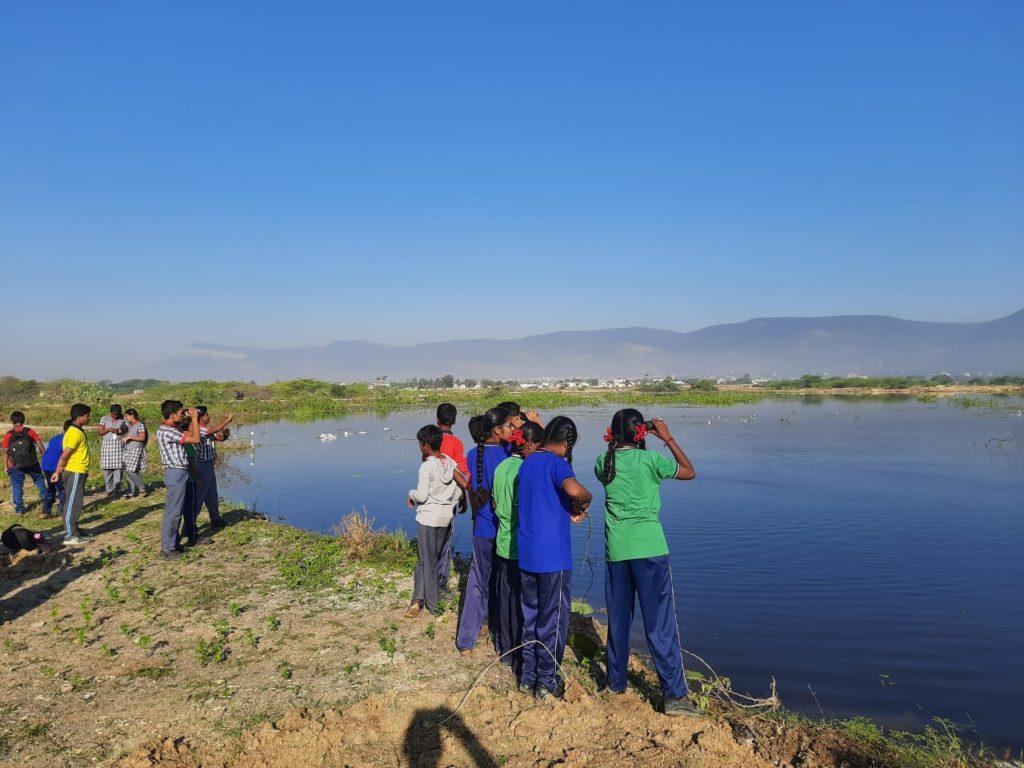
Later my brother, Chandu Bandi, inspired me to take up Nature Education. He used to volunteer nature education sessions for interested schools in Bangalore and in my hometown in Andhra Pradesh. When I started helping him out with these sessions, I understood the importance of working with children and the joy in spending time in the outdoors with them.
What do you hope to achieve through your education work?
Andhra Pradesh has produced millions of Engineers and Doctors in the past 25 years. Despite having a humble literacy rate, at par with other South Indian states, the biodiversity data and research from Andhra Pradesh and Eastern Ghats is far less when compared to the neighboring states of Karnataka & Tamil Nadu and the Western Ghats landscape. Unfortunately, science and conservation was very dormant and very little research on biodiversity is happening.
My aim is to introduce the children and adults of landscape to the nature and biodiversity of Andhra Pradesh and build a network of passionate individuals to document the biodiversity of the state. This data can be utilized to make responsible developmental decisions by local administration in the conservation of habitats and their biodiversity.
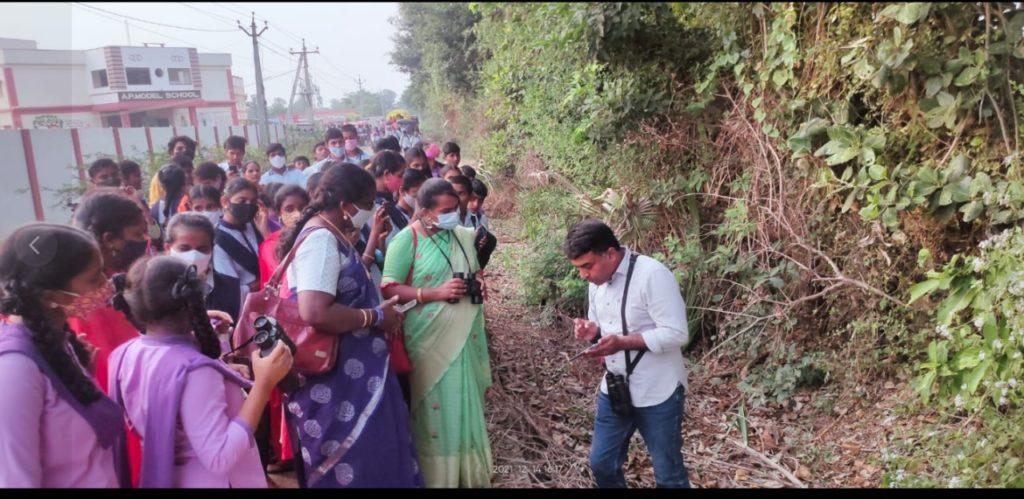
as part of training them to maintain School Biodiversity Registers
Why do you believe it is important for children to learn about birds or connect with nature?
A community or society with happy children assures a healthy future. Probably, for this very reason, organizations like UNICEF are promoting the concept of Child friendly cities. Every child, growing up has their own personality and interactions with nature add positivity and happiness to their personality. Birds are an important part of biodiversity and they can be seen and observed everywhere. Children can easily connect with the birds around us. Birds and their interactions within the environment can help improve the life skills of children that are more important than academics. For everyone who wants to see our children happy, try taking birds to children and let them explore these winged wonders.
What tools or resources have helped you in teaching about birds?
During bird walks, I rely on Early Bird Pocket Guides to help the participants with identification of birds in their habitats. During my initial days as an educator, the powerpoint presentations by Bird Count India helped in engaging various age groups. I do follow NAAEE webinars and their playlist for educators on YouTube. These days, I am trying my best to generate my own resources. If successful, I am willing to share these materials with the educators’ network.
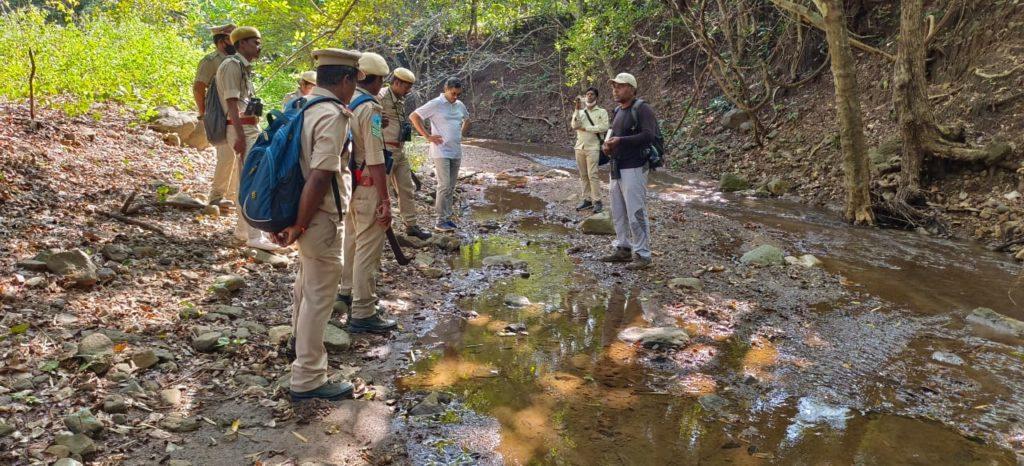
Can you describe an approach that has worked exceptionally well for you?
How, Why and What – questioning everything is a fantastic approach for learning. This is simple yet efficient and delivers amazing results. During my sessions, I actively encourage children to question everything, even the information that I share in my presentations and interactive sessions. This facilitates more learning opportunities for children and the educator as well. Sometimes, this questioning leads to fun and joyful moments, creating a positive environment in the interactive sessions. Also, questioning enhances the confidence of kids and helps them do better in academics.
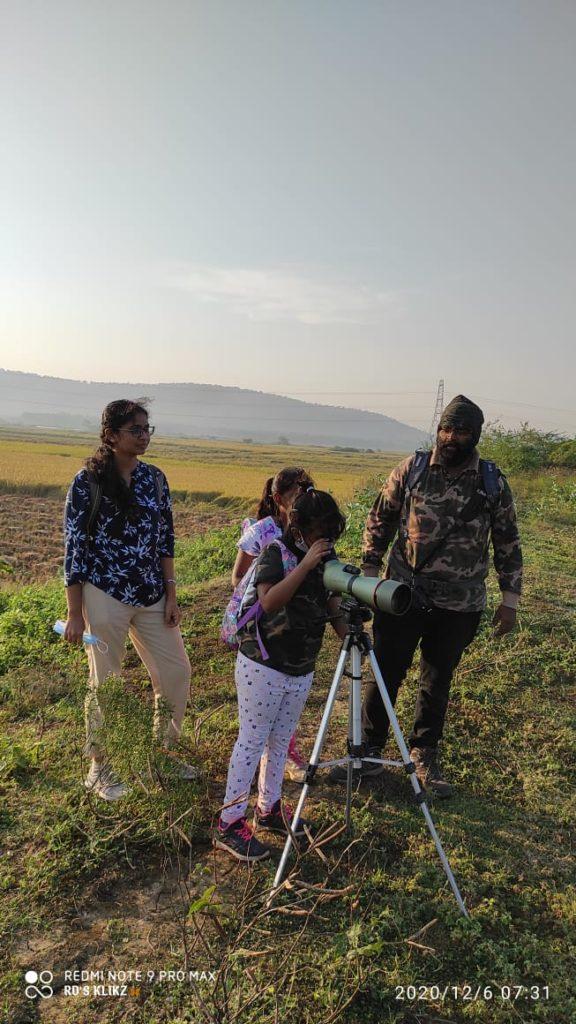
Do share any memorable moment or experience you have had in teaching kids about birds/nature.
During the lockdown, I did multiple online sessions on birds, butterflies and moths. A few days after one of the sessions, I received a video on WhatsApp, it was on the life cycle of a moth, filmed by a 7 year old kid. His mother said that he was excited by our session on moths and butterflies and followed a caterpillar in their back garden and with her help; he filmed/photographed the complete life cycle of the caterpillar. The kid himself narrated the whole story in the video and shared the video on YouTube. I was enthralled…and the film was really cool.
What message would you have for your fellow educators?
We just need to introduce children to the simple forms of life around us and inculcate the ‘concept of questioning’, that’s it. We will enjoy the rest and so the kids. Share with children and learn with children!
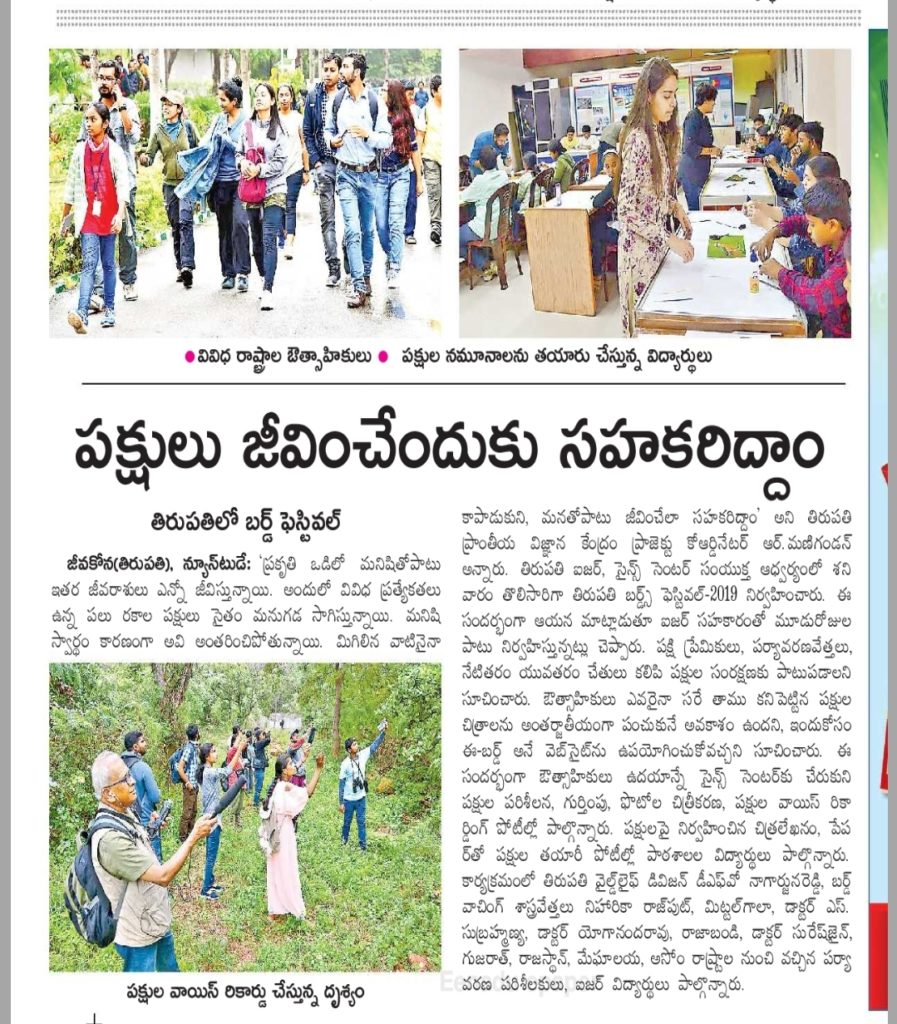
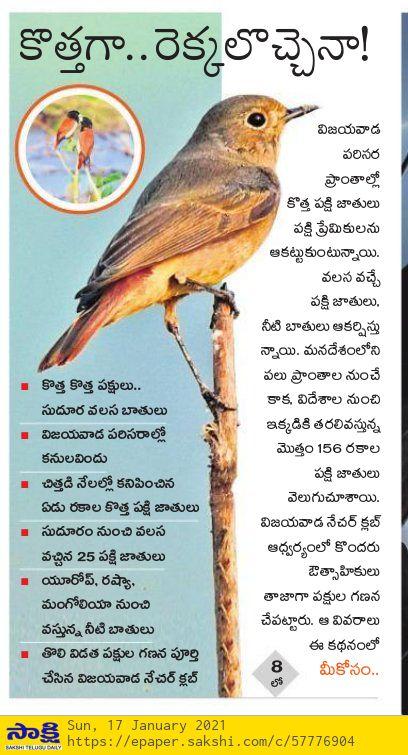
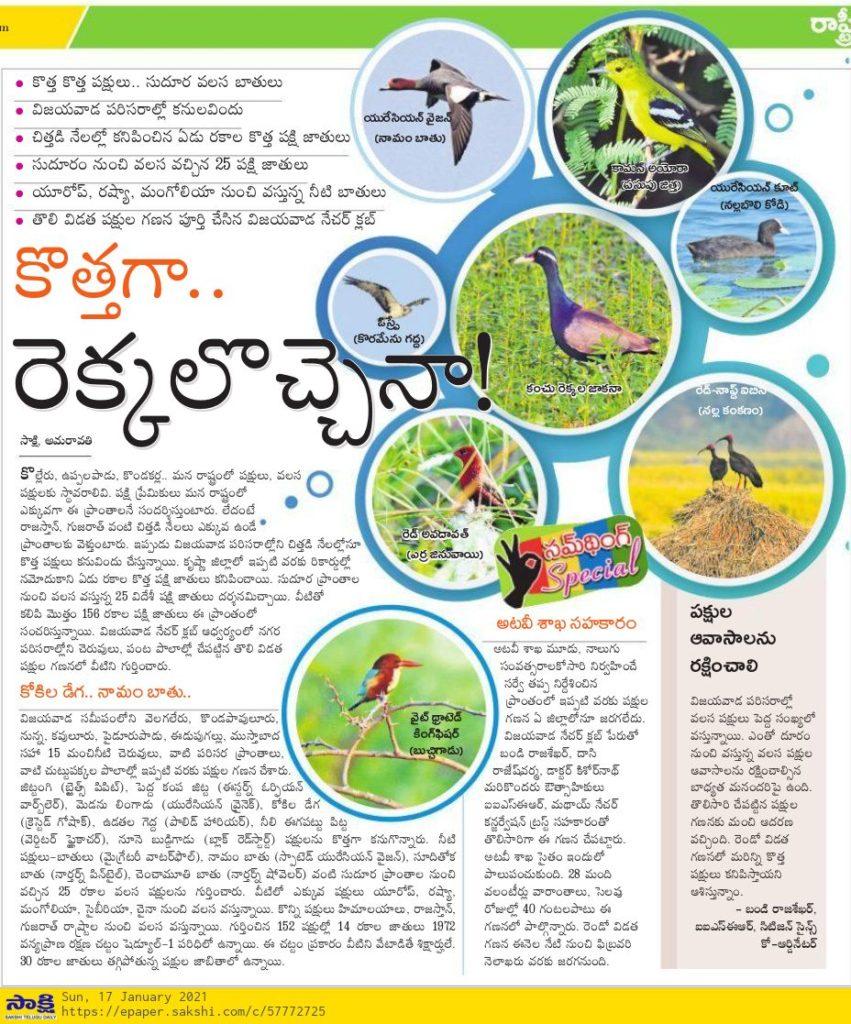
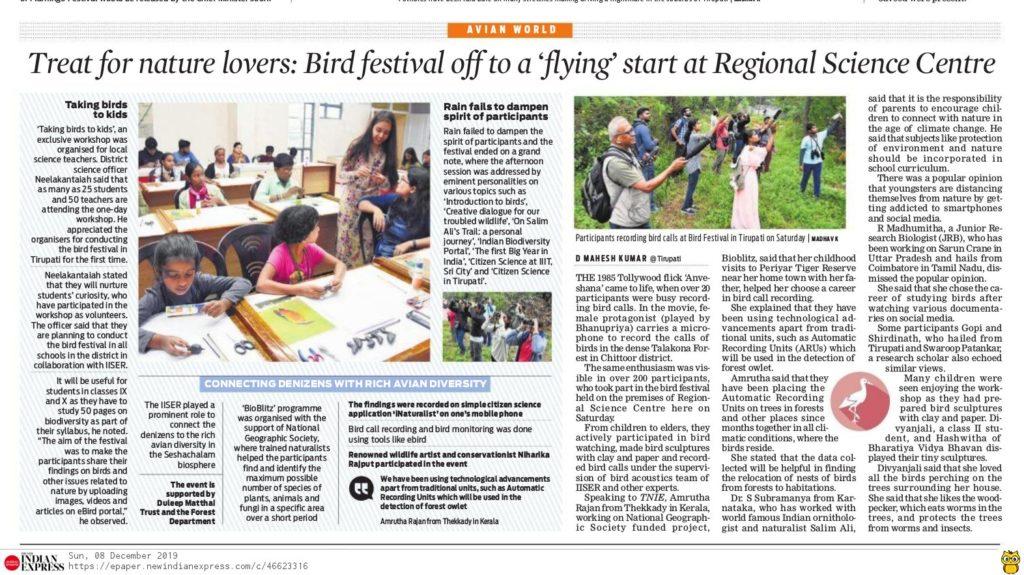

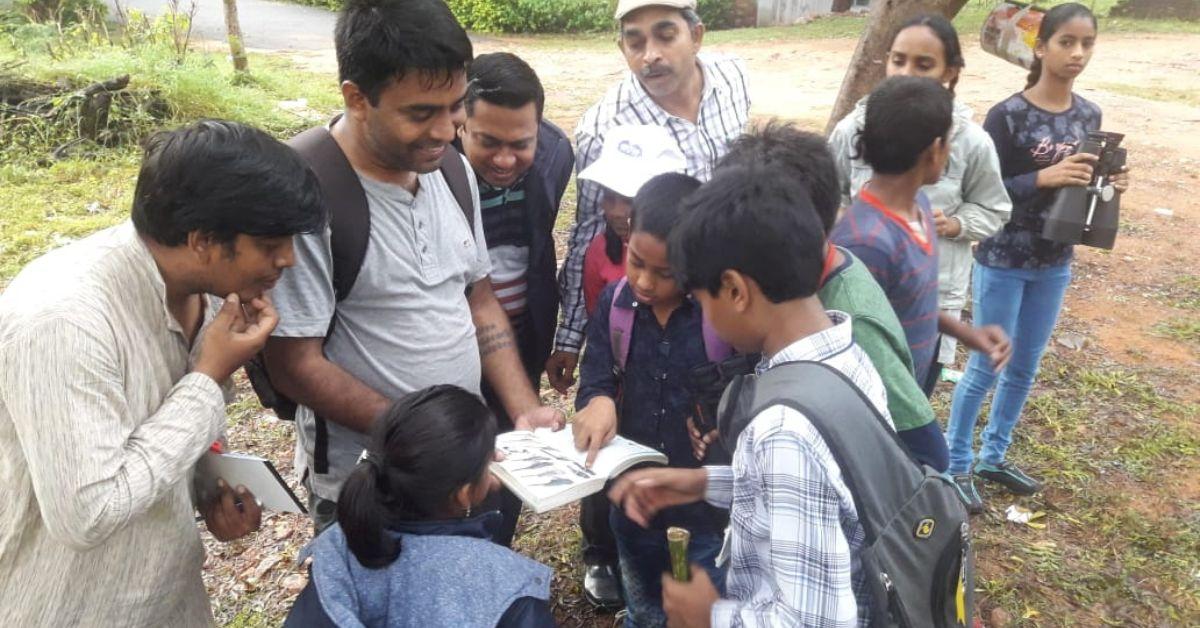
great sir.. good initiative and inspiring many people like us..